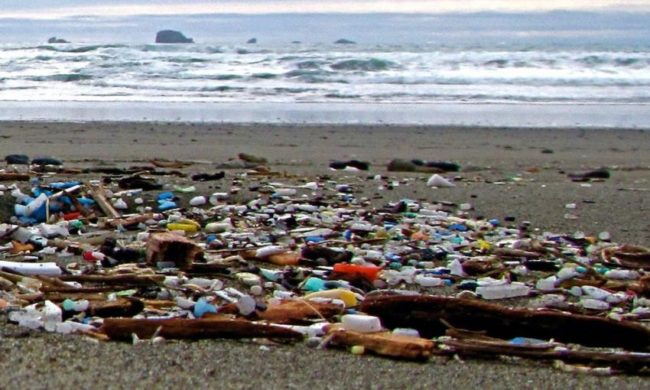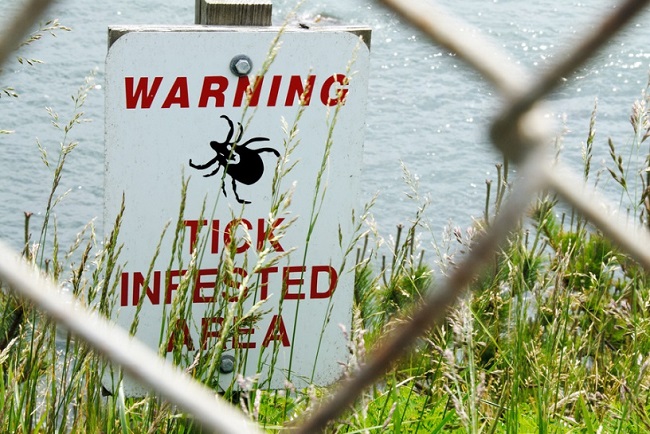Increasingly, I am struck by the repetition of patterns across biological ecosystems. In my research on mitochondria and thiamine, I have learned that nutrient deficiencies cause a sort of molecular hypoxia; one that is due entirely to the failure of the requisite respiration enzymes to perform adequately. The hypoxia is not due to blockage or constriction of airways or related to exertion. There is plenty of oxygen floating around, at least initially. It is due solely to nutrient-starved enzymes that are incapable of processing oxygen effectively or at all. Inevitably, the hypoxia leads to inflammation and the host of other adaptive cascades endemic to modern illness.
The cause of this type of hypoxia is entirely related to the synthetic nature of the modern diet, agricultural practices, medicine, and modern living in general. It is the lack of essential nutrients available in the modern diet in combination with near-constant exposure to chemical compounds that the body recognizes as toxicants; toxicants that demand even more nutrition and energy to clear. Together, the combination of decreased nutrients with increased chemical exposures taxes the enzymes responsible for consuming oxygen; the ones responsible for converting food to energy and clearing the toxins. Overloaded, they become starved for oxygen – hypoxic – and a series of stress responses ensue. We wrote about it extensively in our book, but also in a number of articles published on Hormones Matter.
Quite similarly, soil, plant, and ocean hypoxias have become increasingly common, arguably due to the same mechanisms by which we humans have become hypoxic: a steady diet of garbage and chemicals. Modern agricultural practices bombard the soil with toxicants, depleting essential soil bacterial species, and nutrients. The depleted soil, along with those chemicals, then runs off into the waterways and oceans, where further damage ensues. Just as diseases of metabolism e.g. hypoxia are reaching epidemic proportions in human health, so too are ocean dead zones, all because of the same processes.
If we look back over the last 60 years of tracking, the number and size of oceanic dead zones have grown significantly. In the 1960s there were only 49 oceanic dead zones but in 2008, there were 405 and in 2018, that number has grown to 500 distinct sites that cumulatively mirror the size of the European Union.
“Open-ocean oxygen-minimum zones (OMZs) have expanded by an area about the size of the European Union (4.5 million km2, based on water with <70 μmol kg−1 oxygen at 200 m of depth) (10), and the volume of water completely devoid of oxygen (anoxic) has more than quadrupled over the same period.”
By some estimates, the oceans have lost an estimated 2% of the total oxygen available. In the dead zones, of course, the oxygen loss is much higher and sometimes total. There is a pattern. It is the same process. Sure, some of the chemicals are different and the exact mechanisms are species-dependent, but overall, biological systems are largely conserved, repeated ad infinitum, with only minor changes. Garbage in eventually equals hypoxia.
Industrial Food Production and Hypoxia
A year or so ago, I stumbled upon the work of a mathematician studying the decline of nutrients in algae and food crops. Through a series of experiments and a fair degree of mathematical modeling, Dr. Irakli Loladze found that plant life no longer carried the nutrient value that it once did and as a result, the organisms that rely on these plants, everything from zooplankton to humans, were becoming ill. Though there was a confluence of factors that resulted in the diminished nutrient content, the bulk of the blame rested with industrial agriculture. It seems that the shortcuts taken to increase crop yields beyond what nature allowed and the attendant chemicals used to expedite those processes, changed the elemental composition of the plants and the atmosphere within which these plants are grown. The resulting changes yield not only more starchy, sugary, and markedly less nutritious crops, but also, contribute significantly to the rising CO2 levels, which coincidentally, feeds back and encourages evermore starchy crops.
“Every leaf and every grass blade on earth makes more and more sugars as CO2 levels keep rising,” Loladze said. “We are witnessing the greatest injection of carbohydrates into the biosphere in human history―[an] injection that dilutes other nutrients in our food supply.”
The atmospheric changes alone are troubling and result in changing ocean dynamics, with increased temperature being the most widely discussed. More subtle, but no less troubling, the higher CO2 levels increase the rate of plant photosynthesis. This, according to opponents of climate change, is a net benefit. Unfortunately, the increased growth is in parallel with decreased nutrient density within the hyper-growing plants. Like the crops for human consumption, oceanic plant life such as algae become efficient sugar factories pulling more and more starch into their tissues. This, of course, leads to downstream problems in all aquatic life, which from a metabolic standpoint inevitably ends in hypoxia. And this is the key: the initial increased abundance is the telltale sign of molecular hypoxia, at least in humans and I would argue in other ecosystems as well. For all of the complicated explanations of hypoxia, its cause is really quite simple. It is nothing more than the culmination of a decades-long decline in food nutrients in parallel with the ever-increasing concentrations of chemical toxicants dumped into our bodies, into the waterways, and into the environment as a whole.
The growth in oceanic dead zones, where oxygen is insufficient to support life, parallels the rise of not only industrial agricultural practices but also, the decline in human health. Think obesity. Think high-calorie malnutrition where the excessive growth is representative of metabolic changes, of survival mechanisms, brought on by diminishing nutrients, and the inability to metabolize oxygen. The elevated sugar content of modern food sources changes metabolism negatively. On the surface, it looks like an excess of ‘nutrition’ and indeed, the term ‘over-nutrition’ is bandied about regularly by researchers of human metabolism and those in oceanic health too, but it is a misnomer. In reality, what we call over-nutrition represents the diminishment of actual nutrients with corresponding cell level hypoxia. It is malnutrition. In our oceans and our crops, we see a trend towards apparent nutrient density in the plant life, but only inasmuch as we consider the quantity and not the quality of nutrient availability; the size or mass of the plant versus its composition. For while it is true that industrial agricultural practices can grow bigger and more abundant crops, those crops contain more sugar than actual nutrients and those nutrients are needed for oxygenation.
In much the same way that researchers of human metabolism equate the density of calories to nutrition or over-nutrition, oceanic researchers seem to do the same. They consider the areas agricultural of agricultural runoff to be nutrient-dense, not because the algae that bloom are nutrient-dense but because the algae blooms themselves are dense. But like the plants onto which those fertilizers are heaped, the algae that grow from the runoff are also junk food. And, as with human metabolism, when sugar intake increases, vital nutrients (vitamins and minerals) decrease and so too does the ability to utilize oxygen. Metabolic hypoxia sets in. Slowly at first, but gradually and over time, it grows, becoming self-reinforcing, a death spiral of sorts, particularly when the contributing factors continue. This is the funny thing about respiration, it requires micronutrients. Just like us, the oceans have become increasingly unable to process oxygen. They are hypoxic and so are we. The question is what are we going to do about it.
We Need Your Help
More people than ever are reading Hormones Matter, a testament to the need for independent voices in health and medicine. We are not funded and accept limited advertising. Unlike many health sites, we don’t force you to purchase a subscription. We believe health information should be open to all. If you read Hormones Matter, and like it, please help support it. Contribute now.
Yes, I would like to support Hormones Matter.
Image by João Braun from Pixabay.
This article was originally published on February 20, 2019.















